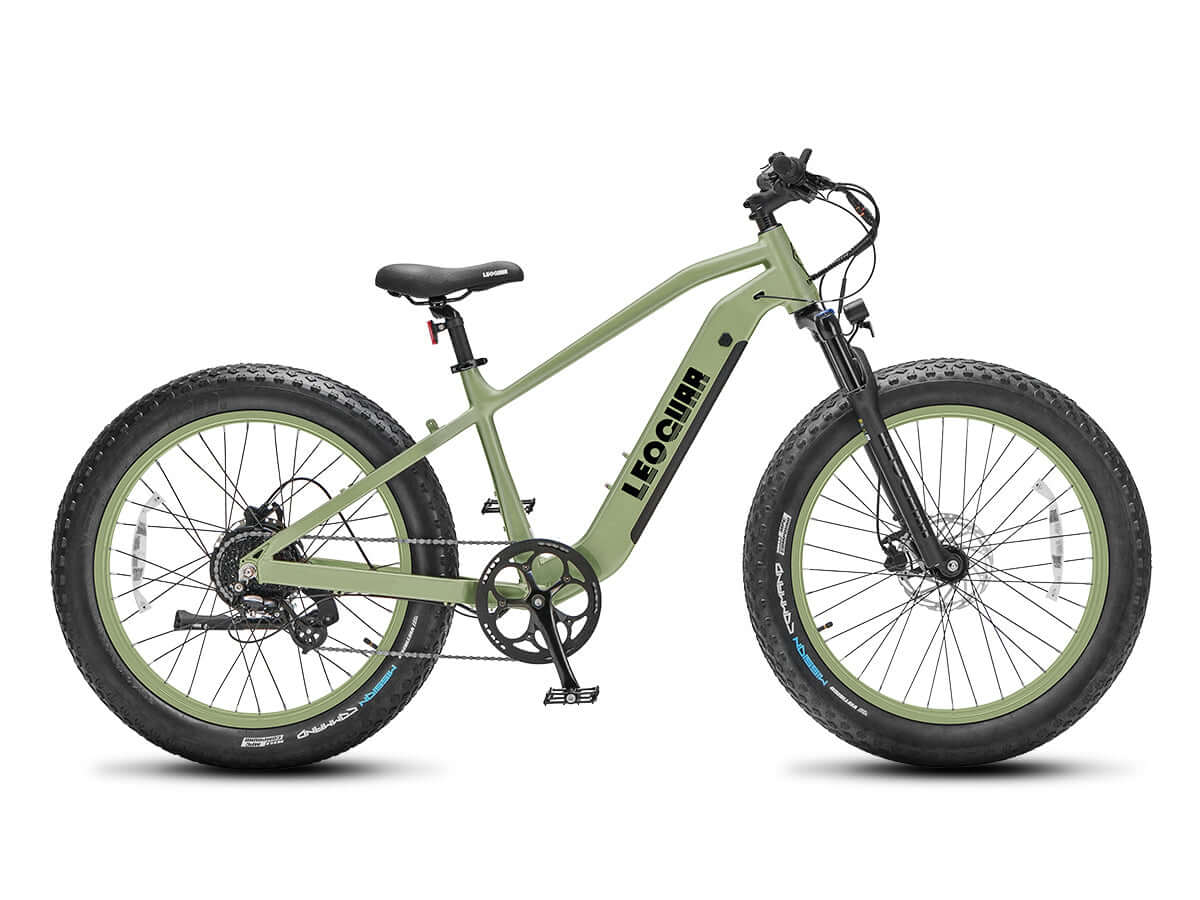Hand-Wound vs. Machine-Wound eBike Motor Stators: What's the Difference?
Introduction: Why Stator Winding Matters in Electric Bikes
The motor is one of the most important parts of an electric bike (eBike), and its performance largely depends on how well the stator is wound. There are two main methods: hand winding and machine winding. These two techniques differ in process, speed, cost, and final motor performance. In this article, we’ll break down the differences, advantages, and ideal use cases for each.
What Is Stator Winding?
In an eBike motor, the stator is the stationary part. When current flows through the windings, it creates a magnetic field that interacts with the rotor's magnets, causing the motor to spin. The way the stator is wound directly affects how efficient the motor is, how much power it can deliver, how well it handles heat, and how long it lasts.
Hand Winding
Hand winding means a worker manually wraps copper wire around the stator's slots. It requires skill and experience, offers flexibility, and is typically used for small-batch or custom motor production.
Machine Winding
Machine winding uses automated equipment to precisely control the path, tension, and number of turns in the wire. It's faster, more consistent, and ideal for mass production.

Key Differences Between Hand and Machine Winding
Craftsmanship and Precision
Hand Winding: Depends on the skill of the worker. The wire tension and spacing may not be perfectly uniform, which can lead to overlaps or gaps. Skilled workers can achieve good results, but consistency across batches is harder to maintain.
Machine Winding: Uses computer control to keep every wire turn consistent in tension, spacing, and alignment. This leads to better motor performance and fewer quality issues.
Production Speed
Hand Winding: Much slower. A skilled worker can only complete a few stators per day. Best for custom or limited-edition eBikes.
Machine Winding: Very fast. A machine can make dozens or even hundreds of winding movements per minute, making it ideal for large-scale production.
Cost Comparison
Hand Winding: Labor-intensive and expensive, especially when done by skilled technicians. However, the equipment cost is low, which may be suitable for startups or low-volume operations.
Machine Winding: High upfront investment—winding machines can cost tens of thousands of dollars. But in high-volume production, the cost per motor becomes much lower over time.
| Aspect | Hand Winding | Machine Winding |
| Precision | Skill-based, less consistent | Computer-controlled, highly consistent |
| Speed | Slow, for small batches | Fast, for mass production |
| Cost | High labor, low setup cost | High setup, low unit cost |
| Performance | Flexible but less uniform | Stable, efficient, uniform |
| Best For | Custom eBikes, prototypes | Standard models, large-scale production |
Winding Quality and Motor Performance
Hand Winding:
Cons: Inconsistent results can cause uneven heating or reduced efficiency.
Machine Winding:
Pros: Uniform and precise winding leads to more stable electrical performance, higher efficiency, and better heat control.
Cons: Requires accurate stator dimensions. Complex designs may need custom machines.
Best Use Cases
When to Use Hand Winding:
- Low-volume production, such as high-end custom eBikes
- Prototyping and design testing
- Unique motor designs that machines can’t easily handle
When to Use Machine Winding:
- Large-scale production for mainstream eBike models
- Industrial use cases where consistency is critical
What’s Next for Hand and Machine Winding?
As the electric bicycle for sale continues to grow fast, motor manufacturers are under more pressure to boost production speed and quality. Here's how both winding methods may evolve in the future:
The Future of Hand Winding: More Precision, More Tools
In motors designed for racing or high-performance eBikes, hand winding will continue to play a key role due to its flexibility.
The Future of Machine Winding: Smarter and Faster
-
AI-Optimized Winding Paths: With the help of machine learning, machines can find the best way to wind coils, reduce wire waste, and improve how tightly the wire fills each slot.
-
Flexible Manufacturing Systems (FMS): Machines may be able to quickly switch programs to handle different motor types, even in small batches.
-
3D-Printed Stators: In the future, it may be possible to directly print stators with built-in windings—this could completely change how motors are made.
How to Choose the Right Winding Method
Whether you're an eBike manufacturer or a DIY enthusiast, here are a few things to consider when choosing between hand winding and machine winding:
-
Production Volume: Hand winding is better for small batches; machine winding is ideal for large-scale production.
-
Budget: If you're working with a limited budget, start with hand winding. You can invest in machines as your production grows.
-
Performance Needs: High-power or custom motor designs may require the flexibility of hand winding. Standard motors are better suited for machine production.
-
Supply Chain Options: If your supplier already has advanced machine winding systems, it may be more cost-effective to outsource.
Final Thoughts
Both hand winding and machine winding have their strengths. The right choice depends on your specific needs. Hand winding is great for small-scale, custom work. Machine winding wins in speed, consistency, and cost-efficiency.









































Leave a comment